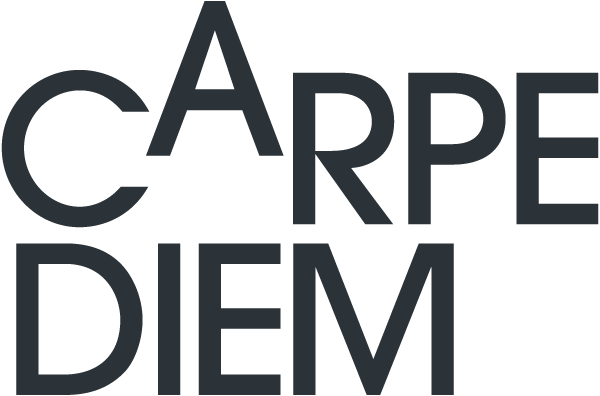This is not a complaint, just an observation, about the conventional structures available for our first home purchases. They are not enough these days, to make home ownership attainable by most of our young renters. But we actually have the resources on hand to change this, and I’ll get to that.

First, let’s review what the conventional structures provide. Major banks and other lending institutions provide first mortgages, based on traditional criteria for qualification like credit rating, down payment, and adequate income to service the debt. In recent years, we’ve deliberately made qualifying even harder, with the Federal government’s “stress test” to protect home buyers from the danger of rising interest rates. To support their lending and sales programs, the banks and allied professionals like realtors and mortgage brokers provide online mortgage calculators, and searchable real estate databases for researching interest rates and housing values. Buyers can plug in their income and other parameters and see their eligibility for conventional financing.
Some of the websites add links to associated services such as home inspections, or to their own mortgage sales agents, and tutorials on mortgage qualification, financial affairs management, debt consolidation and credit rating. It all falls short, though, of what today’s young first home buyers really need. They need a secure way to ride the market’s rising trend, while they build their qualifications for mortgage financing and home ownership.
Who is investing in the residential real estate supply? The conventional financing structures provide many investment vehicles for attracting investor’s capital into residential real estate, but it’s almost always for rental property, and based on the standard strategy to improve aging property, and then raise the rents to increase net cash flow and increase the value for rental. A recent trend in new residential development is the return to “purpose built rentals”, which can lock in some protections for affordability of rents, but it’s incented by approval of density for building market condos.
All of this investment activity does nothing for aspiring first home buyers who want to own. At least a few new developments offer a rent-to-own program for a small portion of their condo units, but that is limited to the specific site and location.
A recent trend has been the rise in activity of “alternative lenders”, who don’t need licensing as institutions, and therefore don’t need to comply with the stress test when they lend. But they tend to use that freedom to provide similar first mortgages to those of the banks and credit unions, and second mortgages that only charge higher interest rates, and put buyers in jeopardy of losing their hard earned savings and down payments.
Meanwhile out in the wider world of investments beyond real estate, there’s a trend toward ”social impact” investing, in which the investors want security and reasonable returns, but they also need to feel good about the markets, products, and suppliers they are supporting with their funding. So they favour renewable energy tech over fossil fuel extraction, as a simple example.

But where are these investors when it comes to the social need for attainable home ownership? The need for locals to own their homes, for the diversity and stability of our local communities. Where are the fund managers who would endorse rewarding stable, sincere tenants with attainable opportunities for ownership? Fund managers who like the idea of spreading risk fairly, minimizing it, and producing real estate ownership partnerships in which all the parties share in the win.
Traditional commercial mortgage lending technique assumes residential rentals to always be on month-month tenancies that lead to regular vacancies, cash flow risk, and carry added risk of damage to property. Where’s the opportunity for stable, sincere tenants who stay long term and take good care of the property, to be rewarded for that?
We’re looking for impact investors to join us in the Live to Own™ Mortgage Fund, to make a big difference in the affordable housing crisis. Who wants to invest for that, and who wants to manage the fund? Let’s talk: pfrewer@carpediemsuites.com
Resources We Can Work With
I promised to get back to the resources we have to work with. Let’s list them:
- Families – the “Bank of Mom and Dad”, have accumulated huge real estate equity in the same rising market that is now their kids’ dilemma, and they can borrow against it, to put some of their money to work for their heirs, sooner.
- Young renters are not all irresponsible with money, as some stereotyping would have us believe. Many are ambitious, and willing to make and then stick to a lifestyle financial plan, if it shows them real opportunity.
- Impact investors are out there, and just need to be shown a real estate investment vehicle with managed risk, good returns, and the added chance to make a good social difference. And we’ve designed that, in the Live to Own™ Mortgage Fund.
- Canada is viewed the world over as an attractive place to settle and build a life, and our immigration policy appears destined to continue to attract demand for our limited supply of housing. The reliability of our housing to continue to gain value is a strength we can seize upon and put to work.
There’s a way to organize these resources to generate wide-spread attainable home ownership for young Canadians. We call it Live to Own™.
